Guilty About Reading Genre?
Have you ever felt guilty for reading a cozy, a mystery, or a romantic novel instead of delving into one of the great books, like Homer’s Iliad or Proust’s Swan Way or a classic like Virginia Wolf’s A Room of One’s Own?
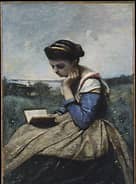
I grew up in northern Mexico and I attended a fantastic high school that was accredited in both Mexico and the US, giving students the opportunity to attend the university in either country.
The school offered a two-semester English literature class. The teacher was a dynamic, talented woman who instilled in her students the love for the classics and the great books. She also encouraged us to shun genre and to avoid soap operas, quite popular at the time.
I moved to the US in my mid-twenties and soon discovered romance novels. After devouring a romantic story with a happy ending, I’d run to the library to borrow books by Tolstoy or Dostoyevsky to balance my reading guilt. Compare the fun of reading genre to the lessons of the great books. It’s very different reading! The great books represent the foundations of Western Culture’s ethics, social norms, values, and ideas that stem from the Greco-Roman tradition. Genre, on the other hand, is pure entertainment.
Fast forward a few years when I was working in international finance and traveling the world for my corporate job.
On a flight between New York and Buenos Aires, Argentina, I missed my connection in Miami. I window-shopped airport stores in search of something to do until the next flight. A bookstore, displaying mountains of books set on tables that stretched down the hall, caught my eye.
The year was 2001 – the year I discovered the mystery novel. I purchased Tell No One by Harlan Coben and I was immediately hooked on mysteries. My new-found love in reading would disappoint my wonderful literature teacher back in Mexico, yet for the rest of my international finance career, I carried a mystery or two to read on long flights.
Mysteries became an important part of my life. So important, in fact, that I left the corporate world to write the Nikki Garcia mystery series, setting my stories in a few of those international locations where I traveled. Do I still feel guilty? Not at all!
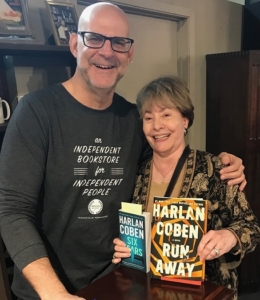
At a book signing four years ago, I met Harlan Coben. I told him his novels influenced me to write mysteries.
And my former teacher says she loves my novels and she’s thrilled that one of her pupils became a writer. Instead of feeling like a wayward former student, I’ve converted her to reading genre.
***
About Kathryn
Kathryn Lane writes mystery and suspense novels usually set in foreign countries. In her award-winning Nikki Garcia Mystery Series, her protagonist is a private investigator based in Miami. Her latest publication is a coming-of-age novel, Stolen Diary, about a socially awkward math genius.
Kathryn’s early work life started out as a painter in oils. To earn a living, she became a certified public accountant and embarked on a career in international finance with Johnson & Johnson.
Two decades later, she left the corporate world to create mystery and suspense thrillers, drawing inspiration from her travels in over ninety countries as well as her life in Mexico, Australia, Argentina, and the United States.
She also dabbles in poetry, an activity she pursues during snippets of creative renewal. In the summer, Kathryn and her husband, Bob Hurt, escape the Texas heat for the mountains of northern New Mexico.
Stolen Diary
Kindle: https://www.amazon.com/dp/B0BSHFRD11
Paperback: https://www.amazon.com/Stolen-Diary-Kathryn-Lane/dp/1735463833/
Photo credits:
Girl Reading by Camille Corot, Metropolitan Museum of Art
Harlan Coben and Kathryn Lane by Bob Hurt

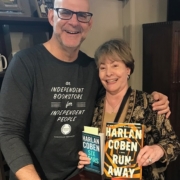



 Summers and reading are forever linked in my memories. I grew up in a small town and in a time of school consolidation and so that school I attended was in a larger town eight miles away. So while my friends were headed to the pool or getting together at the downtown soda fountain, I was home alone. My parents owned a small business, my siblings are much older so no one at home to hang out with. But thankfully I had books and endless summer days. Granted once I was old enough to drive some of that changed but by that time I’d already learned the magic of traveling to different places and different times via the pages of a book.
Summers and reading are forever linked in my memories. I grew up in a small town and in a time of school consolidation and so that school I attended was in a larger town eight miles away. So while my friends were headed to the pool or getting together at the downtown soda fountain, I was home alone. My parents owned a small business, my siblings are much older so no one at home to hang out with. But thankfully I had books and endless summer days. Granted once I was old enough to drive some of that changed but by that time I’d already learned the magic of traveling to different places and different times via the pages of a book.
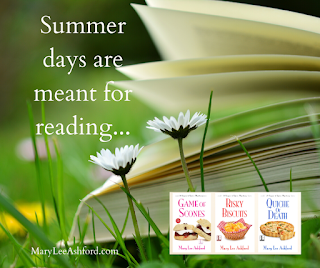



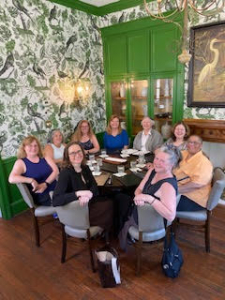
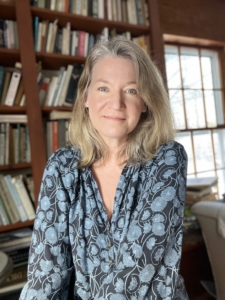
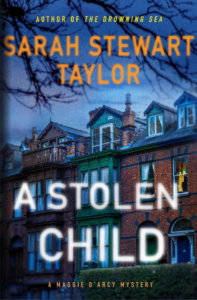
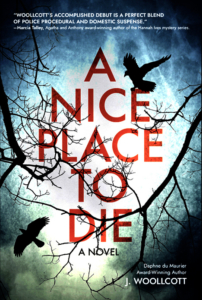


 When the writing is going well, I’m listening to Samantha and Carter and their supporting cast as they dictate their words to me. Older people use different words than younger adults and children do. Sticklers for facts, such as my detective, Buron Washington, are more clipped and precise when they speak. And so on, down to a new character whose vocabulary is unique unto itself.
When the writing is going well, I’m listening to Samantha and Carter and their supporting cast as they dictate their words to me. Older people use different words than younger adults and children do. Sticklers for facts, such as my detective, Buron Washington, are more clipped and precise when they speak. And so on, down to a new character whose vocabulary is unique unto itself.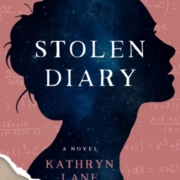
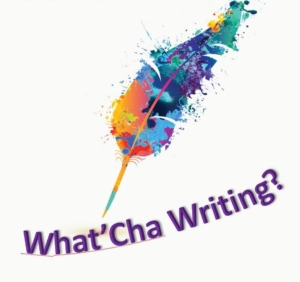
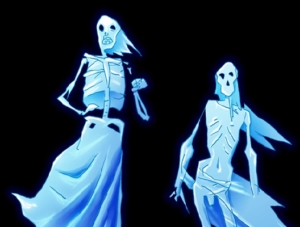
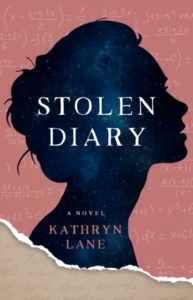
 Kathryn Lane writes mystery and suspense novels set in foreign countries. In her award-winning Nikki Garcia Mystery Series, her protagonist is a private investigator based in Miami. Her latest publication is a coming-of-age novel, Stolen Diary, about a socially awkward math genius.
Kathryn Lane writes mystery and suspense novels set in foreign countries. In her award-winning Nikki Garcia Mystery Series, her protagonist is a private investigator based in Miami. Her latest publication is a coming-of-age novel, Stolen Diary, about a socially awkward math genius.
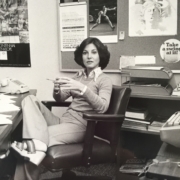 Later that day, I looked through the material he’d left and noticed that one item was an interview he’d conducted with the manager of Jimmy Connors, who was a world-class champion at the time.
Later that day, I looked through the material he’d left and noticed that one item was an interview he’d conducted with the manager of Jimmy Connors, who was a world-class champion at the time.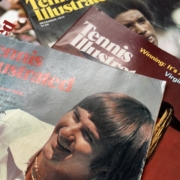 I went to my back files, found the issue I was looking for, and flipped to the page with my interview on it. Everything was identical, down to the last comma and period, except for the photos and the freelancer’s name instead of mine in the byline.
I went to my back files, found the issue I was looking for, and flipped to the page with my interview on it. Everything was identical, down to the last comma and period, except for the photos and the freelancer’s name instead of mine in the byline.

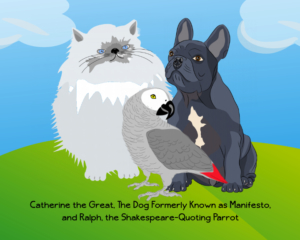 By Lois Winston
By Lois Winston